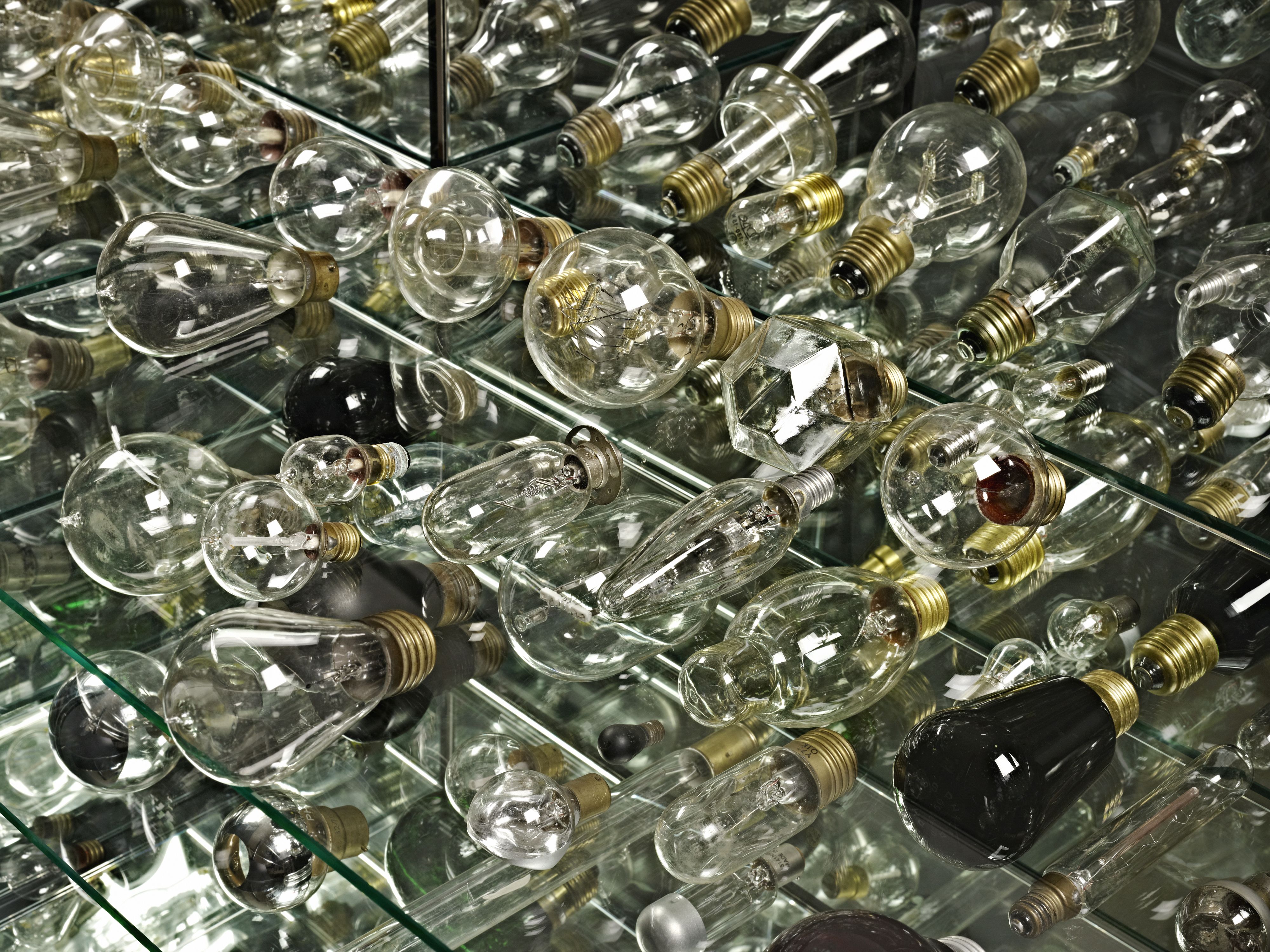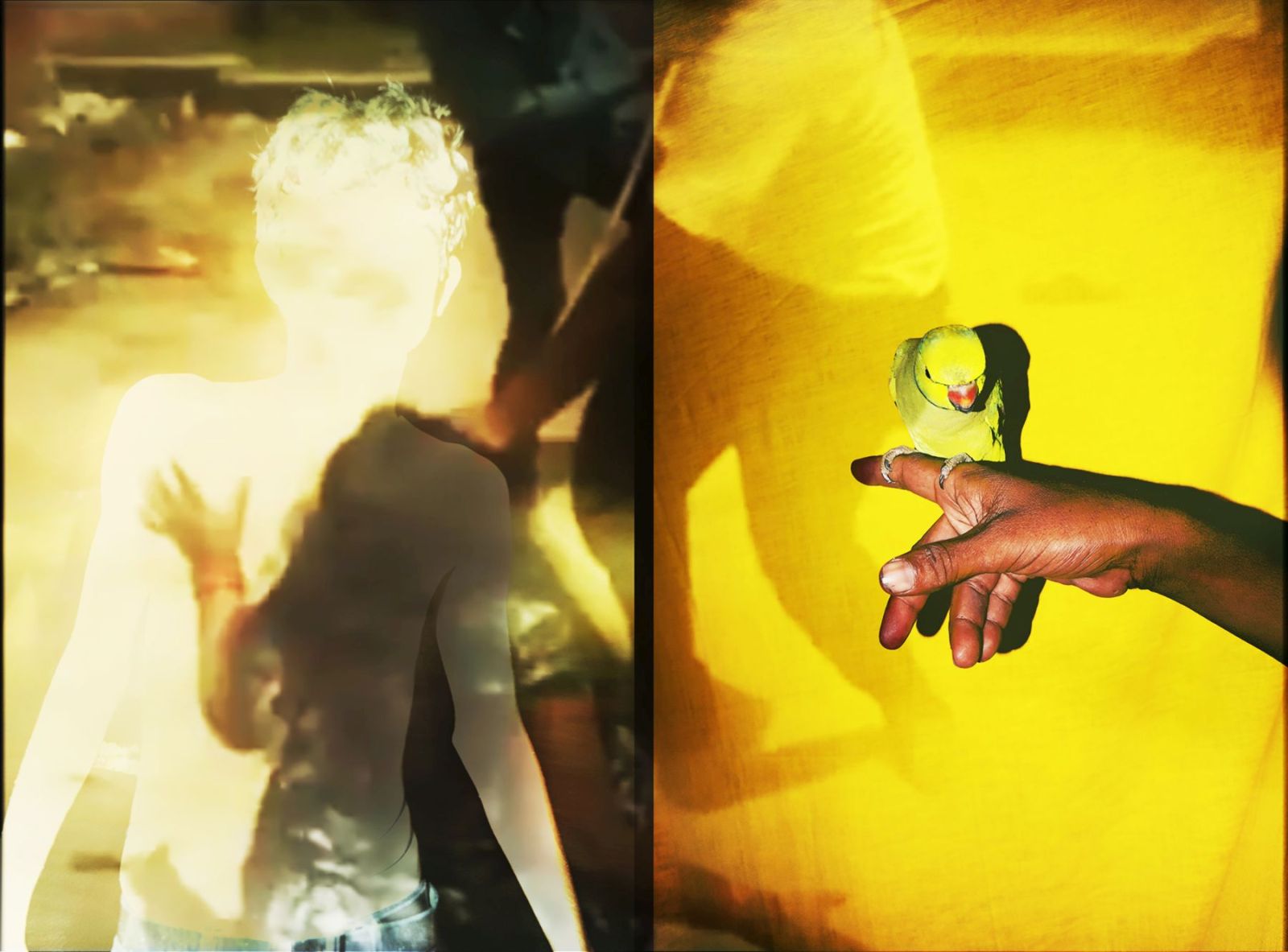All Art is Photography

Josh Murfitt, Parthenon 2019.1655, from the series A Creative Act, 2019
Photography has two relations to art. It can be an art in itself – expressive, subjective, creative, inventive. It can be the mechanical means by which all the other visual arts – from painting and sculpture to performance – are documented, reproduced and publicized. What we know of art, we often know through photographic images of it. Paintings we have never seen in real life. Sculptures we have never walked around.
In general, these two roles are kept separate, but photography and photographers are not respectful of boundaries. What happens when artistic photography takes the other arts as its subject matter? What can a camera do in a painter’s studio, in front of a sculpture, or in an art gallery full of people? This is what the exhibition All Art is Photography sets out to consider. Some of the photographic artists in this show reflect upon the cultural role of printed art books. Others concern themselves with looking again at physical spaces in which art is made and displayed. Others consider the camera’s complicated relation to paintings and sculptures as aesthetic objects.
HERE YOU GET TO OUR VIRTUAL TOUR.
You will find the room list for download here.
With works by: Dennis Adams, Claudia Angelmaier, Tim Davis, Pablo Genovés, Maurice Jarnoux, Steffi Klenz, Mark Lewis, Josh Murfitt, Antonio Pérez Río, Nick Waplington, Ewa Monika Zebrowski



